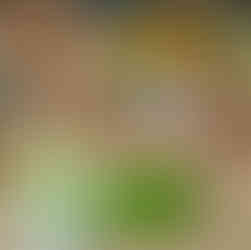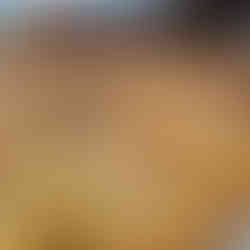Serikin: Sarawak’s unique cross-culture region
- BT

- Mar 12, 2024
- 4 min read

Sarawak is known as Asia’s best-kept secret for a reason. From stunning lush greenery to beautiful sandy beaches with crystal-clear blue oceans, and a vibrant urban life teeming with recreational hotspots and shopping malls, the largest state in Malaysia has many places to visit and something unique to offer everyone. Yes, everyone – not just visitors from other parts of the world but also the locals themselves. However, like many others in different parts of the world, Sarawakians may sometimes overlook the fact that there are treasures waiting in their own “backyard”. They often have the mindset that the grass is always greener on the other side of the fence, while visitors from other parts of the world cherish the things that make this Malaysian gem unique.
One region that is particularly unique and different from other destinations in Sarawak is Serikin - renowned for its cross-culture, which fuses the characteristics of Sarawakian and Indonesian culture. On the way to Serikin, one can start to see Indonesian-themed architecture. Upon arrival and walking past several small shops and stalls, one can observe traditional Indonesian thatched houses, indicating the cultural influence of the region. On weekends, the border market is open to visitors, as many traders come down from Indonesia to this area for business. Visitors can stroll along the border market, which sells a variety of items such as Indonesian-themed clothes, rattan furniture, fruits, vegetables, children's toys, and kitchen wares such as knives, pots, pans, and containers.

Visitors who come to Serikin can purchase Indonesian clothes sold here that may not be easy to find in the city proper. These clothes are authentically made and crafted by Indonesians, then sold to visitors that come to this area. Those interested in Indonesian clothes or attire from other cultures can purchase them while visiting this area, as the prices are reasonable.
There are different kinds of fresh fruits and vegetables sold here, such as langsat, cempedak, dragon fruit, bok choy, and lady's fingers, which are grown by Indonesian farmers for sale in this area. These fruits and vegetables are always sold in abundance during the weekends, and visitors can choose to purchase them while visiting this area, as some of these items are significantly cheaper compared to those sold in the city.
For those who are hungry and looking to satisfy their growling stomachs, there are several coffee shops one can visit in order to satiate their appetites. The coffee shops in this area sell a variety of Malaysian and Indonesian dishes such as nasi lemak, ayam penyet rice, and mouth-watering Bakso noodles that come with juicy home-made meatballs - a must for those who wish to experience the dish authentically made by Indonesians and you can try it at Bakso Siginang Corner in Bau (Click HERE to Google Map). Bakso, which means Indonesian meatballs, is made from finely ground beef, chicken, pork, or shrimp, along with small quantities of tapioca flour and salt. It is something worth trying for those visiting this area. There are also many stalls selling a wide variety of different snacks, which are part of Indonesia's cottage industries. These snacks are made from natural ingredients and do not contain any preservatives or processed oil. Some of these snacks include yam sticks, tapioca chips, fried bananas, and mini curry puff-like snacks.
Those looking to get some massage therapy can opt for a deep tissue massage by some of the massage therapists advertising their services with bunting banners where they provide their services. These skilful massage therapists will identify weak spots and pressure points in a person's body to be treated. The process involves applying medicinal oil to the body and comprehensively massaging the acupoints and meridians to improve blood circulation. These therapists also sell their medicinal oils and jewellery such as rings and bead bracelets that aid in regulating blood flow within the body.
On the way down from Serikin, one can also visit Bao Ling Shan, a unique limestone cave that has been turned into a Buddhist shrine. 'Bao Ling Shan' literally translates to 'spirit protector mountain'. Upon arriving, visitors are advised to remove their shoes and place them on the rack before climbing the several flights of stairs made from belian. Visitors are allowed to purchase fish food from the temple to feed the koi fish in the small stream. The entrance to the temple is free like any other temple, but visitors can choose to make a donation if they wish. Visitors are also permitted to purchase joss sticks from the temple caretaker to pray for blessings. Upon entering the cave, you will see a large Buddha statue made from fibreglass. The origins of the statue remain unknown to this day, but it is believed to be from a neighbouring country. It was first discovered by a group of indigenous boys in the year 2012. The cave also features beautiful rock formations. Once inside, visitors can enjoy the crisp and clean fresh air to rejuvenate their bodies. After visiting this temple, visitors can head to various seafood restaurants near the cave to recharge and unwind by enjoying nutritious seafood meals.

However, there is a side note for those looking to visit this region: Ensure that one wears cool and comfortable clothing, as the area is sweltering hot due to it being located very close to the Earth's equator. It is best advised to head to this place in the early morning, before the sun comes out and the weather becomes hot and humid. Also, bring an umbrella in case it rains, as most areas are not shaded. (Click HERE to Google Map)

































